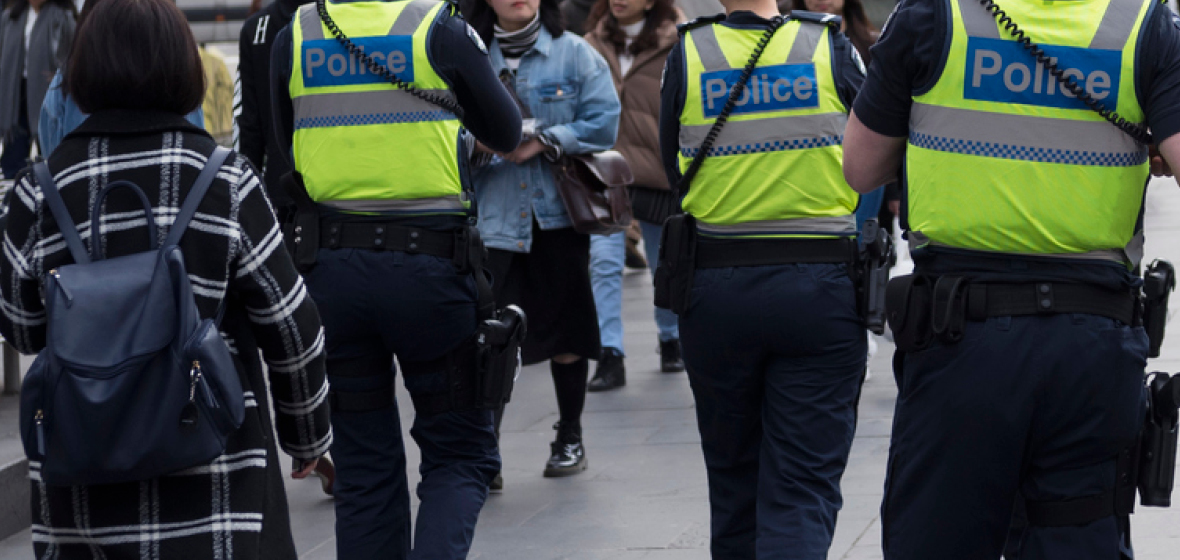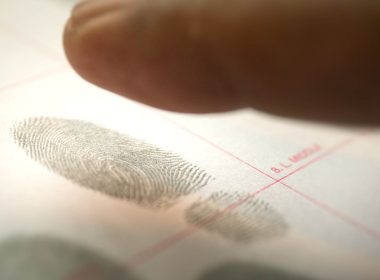Snapshot
- ‘Proactive policing’ has been in the spotlight for its oppressive impacts in NSW, especially in relation to police searches.
- The New South Wales Bureau of Crime Statistics and Research ‘Police Activity Dashboard’ now makes a range of police powers data publicly available for the first time in NSW. Additional recent data on strip searches and drug dog detections in a Redfern Legal Centre report shows why legislative change is needed.
- This article explains why proactive policing is key to developments in how police use search powers, considers the significance of trends in the use of, and resistance to, search powers, and discusses the recent civil matter against NSW Police in Reyes-Carrion v State of New South Wales.
‘Proactive policing’ has come under sustained public scrutiny in New South Wales over the last few years. The Law Enforcement and Conduct Commission’s (‘LECC’) damning 2021 Inquiry into NSW Police’s use of strip searches found systemic, unlawful practices. Incoming judicial and coronial findings are anticipated to shed more light on proactive policing. The NSW Coroners Court is yet to release its findings on the death of 20-year-old Bradley Balzan, who was shot and killed by NSW Police in St Mary’s in 2020. Balzan was stopped and chased by four undercover members of a proactive police team for wearing a hoodie on a 23-degree day, which they say made them suspicious. A class action of over 3000 people strip searched at music festivals that was brought against NSW Police concluded hearing in the Supreme Court in May 2025, with judgment to follow (Raya Meredith v State of New South Wales).




